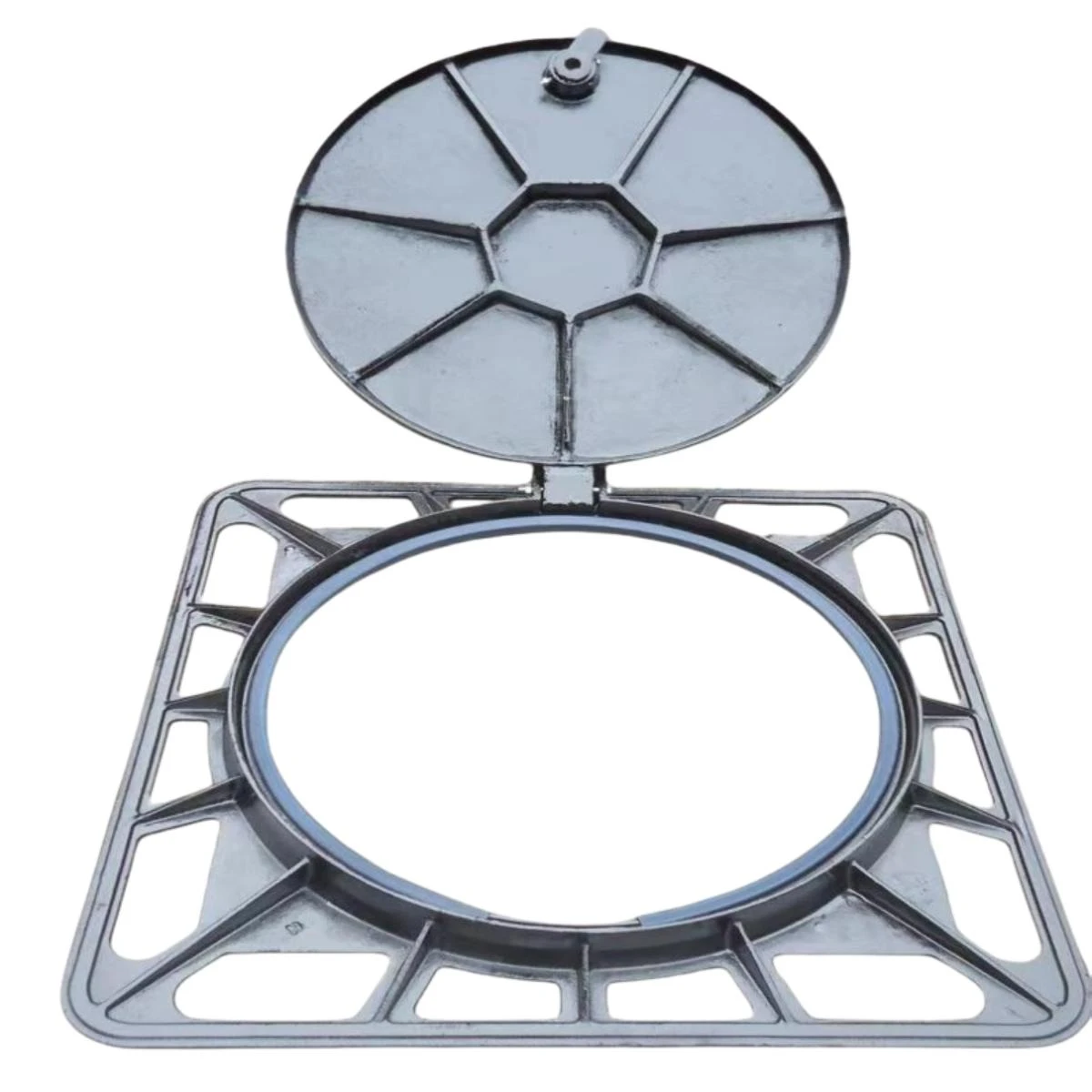Effective Solutions for Split Sleeve Pipe Repair Clamps in Pipeline Maintenance
Understanding Split Sleeve Pipe Repair Clamps An Essential Guide
In industrial and commercial settings, piping systems play a crucial role in the transportation of various fluids. Over time, these pipes may suffer from wear and tear, leading to leaks or even catastrophic failures. One effective solution to address these issues is the use of split sleeve pipe repair clamps. This article will delve into the importance, functionality, and advantages of split sleeve pipe repair clamps, along with some best practices for their application.
What are Split Sleeve Pipe Repair Clamps?
Split sleeve pipe repair clamps are specialized devices designed to repair damaged pipes without the need for extensive replacements. These clamps consist of two primary components a split sleeve, which encases the damaged section of the pipe, and a series of bolts or fasteners that secure the sleeve in place. Unlike traditional repair methods, which often involve cutting out the damaged section, split sleeve clamps provide a non-invasive solution, preserving the integrity of the entire piping system.
How Do They Work?
When a pipe develops a leak or crack, it is crucial to act quickly to prevent further damage and potential safety hazards. Split sleeve pipe repair clamps are equipped to handle various types of pipe materials, including steel, plastic, and ductile iron. The process begins by identifying the damaged area and cleaning it to ensure a proper seal. Once the surface is prepared, the split sleeve is placed over the damaged section, and the bolts are tightened to create a snug fit. This compression helps seal the leak, allowing the pipe to function effectively as if it were unblemished.
Advantages of Split Sleeve Pipe Repair Clamps
1. Cost-Effective Solution One of the primary benefits of split sleeve pipe repair clamps is their cost-effectiveness. Traditional repair methods may require expensive labor and materials, including complete pipe replacements. Split sleeve clamps offer a more affordable alternative by eliminating the need for extensive excavation or installation work.
2. Time-Saving The installation of split sleeve clamps is relatively quick, meaning that downtime for operations can be minimized. In industries where every minute counts, these clamps can be an invaluable asset.
3. Versatility Split sleeve clamps can be used across various applications, including water supply, gas distribution, and waste management systems. Their versatility makes them suitable for various industries, from municipal services to manufacturing.
split sleeve pipe repair clamp

4. Durability and Strength Made from robust materials designed to withstand high pressures, split sleeve clamps ensure that the repair can endure the same conditions as the original pipe. This gives operators confidence in the long-term integrity of the solution.
5. Easy Installation The installation process does not require specialized training or equipment, making it accessible for maintenance teams to conduct repairs in-house.
Recommendations for Use
While split sleeve repair clamps are effective tools for addressing pipe damage, certain best practices should be followed to ensure optimal results
- Regular Inspections Regularly inspect piping systems for signs of wear, corrosion, or leakage. Early detection greatly improves the chances of successful repairs and extends the lifespan of pipes.
- Proper Sizing Ensure that the selected split sleeve clamp is appropriately sized for the pipe. An ill-fitting clamp may fail to create a proper seal, leading to further issues.
- Surface Preparation Clean the damaged area thoroughly before applying the clamp. A clean surface will enhance adherence and sealing efficiency.
- Follow Manufacturer Guidelines Always adhere to the manufacturer’s instructions regarding installation and maintenance to ensure the effectiveness of the repair.
Conclusion
In summary, split sleeve pipe repair clamps are an essential and efficient tool for maintaining the integrity of piping systems in various industries. Their cost-effectiveness, ease of installation, and versatility make them a preferred choice for many maintenance teams. By understanding their functionality and adhering to best practices, operators can effectively mitigate leaks and prolong the life of their piping infrastructure. Investing in quality repair clamps and conducting regular maintenance inspections will ultimately lead to safer and more efficient operations.
-
The Smarter Choice for Pedestrian AreasNewsJun.30,2025
-
The Gold Standard in Round Drain CoversNewsJun.30,2025
-
The Gold Standard in Manhole Cover SystemsNewsJun.30,2025
-
Superior Drainage Solutions with Premium Gully GratesNewsJun.30,2025
-
Superior Drainage Solutions for Global InfrastructureNewsJun.30,2025
-
Square Manhole Solutions for Modern InfrastructureNewsJun.30,2025
-
Premium Manhole Covers for Modern InfrastructureNewsJun.30,2025
